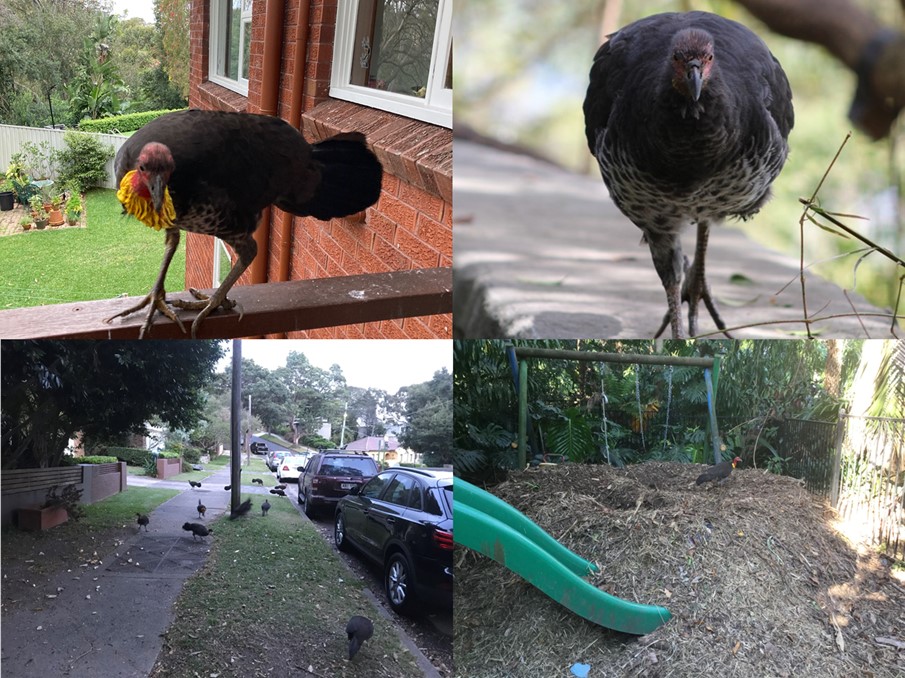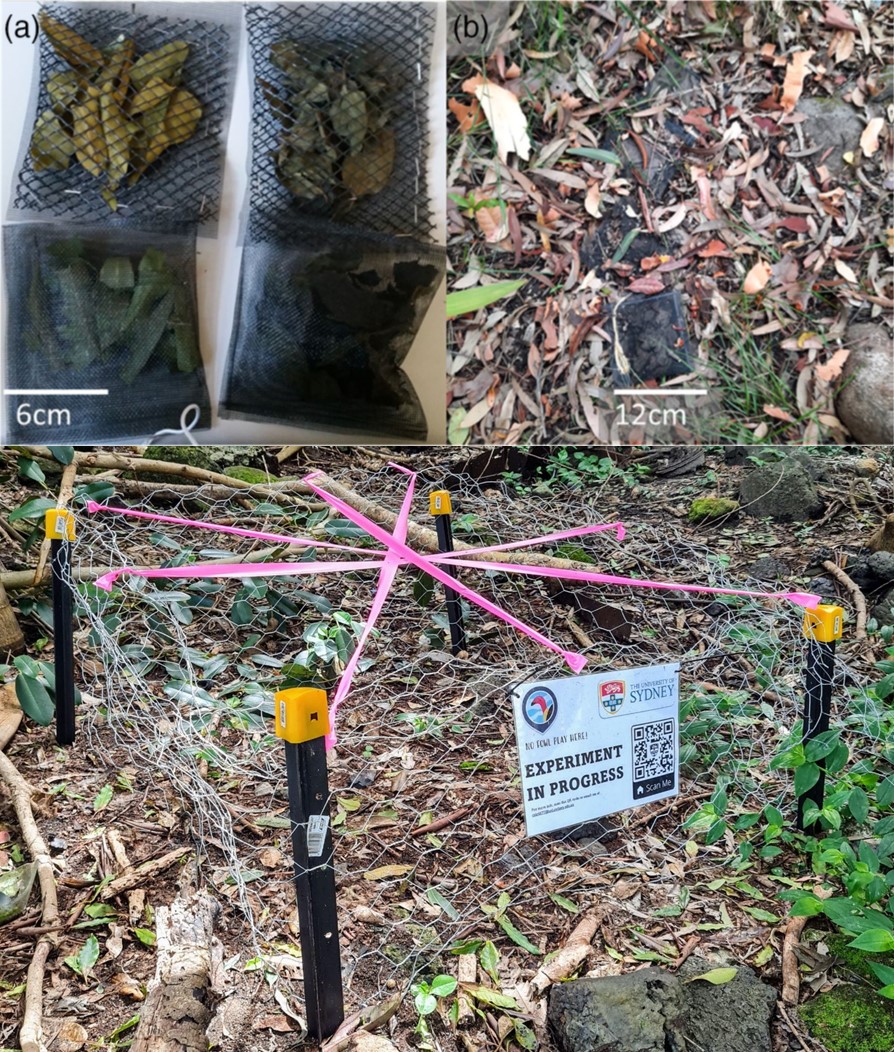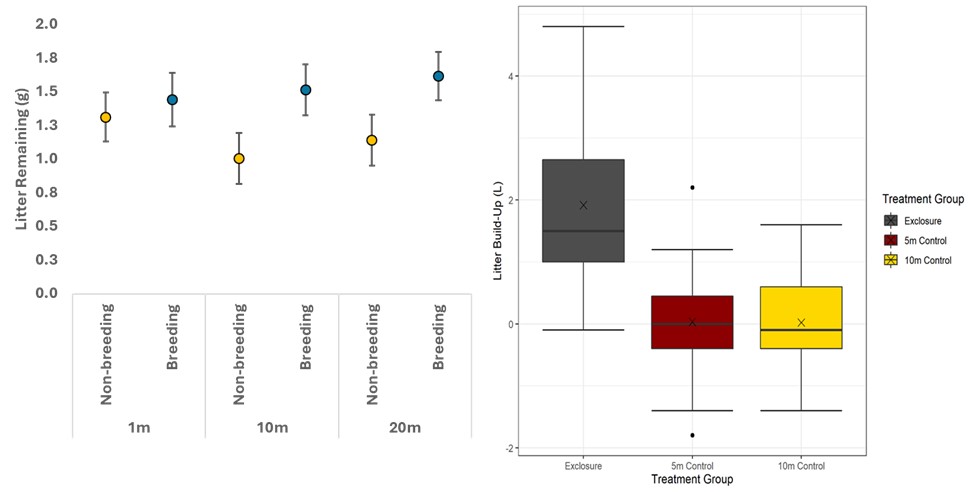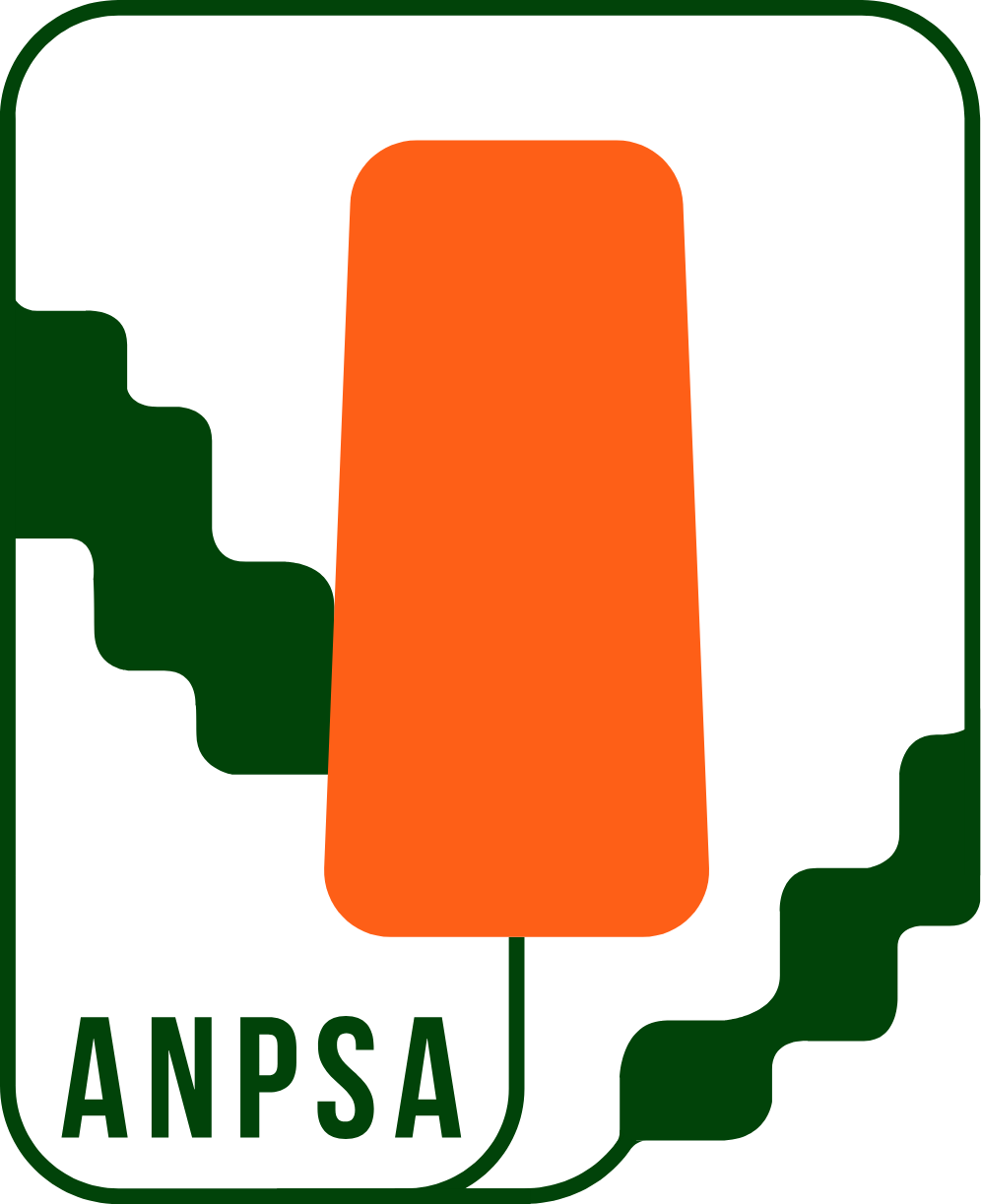Many east coast city dwellers may wonder whether the Australian brush-turkey is an unwelcome guest or an ecosystem engineer. But the very thing that annoys people may be an ecological blessing. Read on…

Introduction
If you asked a suburban resident of many parts of Sydney, Brisbane, Newcastle, the Gold Coast, Byron Bay or any other city on the Australian East Coast north of Wollongong, it would seem like the country is in the midst of an invasion. The interloping offender is the Australian brush-turkey (Alectura lathami). This is a large native bird from the Megapode family, which has been spotted with increasing frequency in urban and suburban areas over the past few decades.
Weighing up to 2.5kg, brush-turkeys live naturally in the rainforests and woodlands of eastern Australia, from the Illawarra to Cape York. There they can be found raking through the leaf litter for invertebrates, small lizards, seeds, fruit, and plant parts to eat. However, in the big city, this same behaviour is responsible for much of the ire these birds have drawn from residents, as brush-turkeys dig up carefully cultivated garden beds and lawns.
But their real impact on suburban gardens (and gardeners!) stems from their nest building behaviour. Unlike most birds, Australian brush-turkeys do not brood their eggs. Instead, males construct huge mounds out of soil and leaf litter, often using multiple tonnes of material. These are natural incubators, keeping the eggs laid by the females warm through the heat produced by decomposition of the litter. Males must constantly maintain the mound to care for the eggs, adding and taking away material to keep the temperature just right for their offspring.
This form of reproduction is unique among birds and is only practiced by the brush-turkey and the rest of the Megapode family. A brush-turkey mound may be an awe-inspiring sight in the bush, but it is often unwelcome in a carefully maintained suburban garden, which can be entirely raked bare to provide material for construction.
The Australian Brush-turkey – A Surprising Suburban Resident
While the spread of Australian brush-turkeys in suburban areas is both a source of frustration for gardeners and novelty for birdwatchers, it is surprising from a scientific perspective. In the early 20th century, brush-turkeys were seen as exceedingly rare around cities and possibly even heading towards extinction.
A combination of pressures from hunting, clearing of their native habitat, and predation from introduced species like cats and foxes, had led to sharp population declines. In 1867, the Sydney Mail newspaper reported “a few years ago it was very plentiful in the Illawarra, Hunter River, and Clarence districts, but the continual persecutions of the timber-cutters have made it very scare in those places.”
However, this began to change in the second half of the 20th century after hunting was banned. Brush-turkeys began to slowly return to their former range, including now built-up but increasinly leafy areas of major cities such as Sydney and Brisbane.

Top-left: Male brush-turkey; photo: M. Scott. Top-right: female brush-turkey; photo: M. Hall. Bottom-left: Brush-turkeys foraging on the sidewalk in Mosman, Sydney; photo: J. Kelly. Bottom-right: Brush-turkey mound in a suburban backyard; photo: A. Fitzgerald.
Brush-turkeys have been unexpectedly successful in cities. Their ground dwelling lifestyle, large and exposed ground nests, and lack of parental care for their chicks make them particularly vulnerable to the dangers of city life. Studies on radio tracked brush-turkeys found high mortality rates, with predation from feral cats making up a large proportion of fatalities. Further studies found that the species had lower reproductive success in cities and predicted that the spread of brush-turkeys in suburban areas would eventually slow. However, this slowdown never materialised, with brush-turkeys not only occupying more area over time, but also thriving in more built-up areas with less greenspace cover.

Brush-turkeys as Ecosystem Engineers?
As much as it may be frustrating for some to see brush-turkeys return to the ecosystems from which they have been absent for decades, it is important to understand how they might affect the ecological processes occurring in these areas. One role the brush-turkey might play, is that of an ecosystem engineer.
What are ecosystem engineers?
Ecosystem engineers are species that influence the availability of resources for other organisms through the creation or modification of habitat. Many other animals that dig and rake through soil act as ecosystem engineers in Australia. For example, digging and foraging by short-beaked echidnas (Tachyglossus aculeatus), burrowing bettongs (Bettongia lesueur), and greater bilbies (Macrotis lagotis) increase moisture, nutrients, and carbon content in the soil.
The ecosystem engineer with the most similar foraging style to the Australian brush-turkeys may be the superb lyrebird (Menura novaehollandiae), which similarly rakes through leaf-litter. Lyrebird foraging is known to greatly reduce leaf litter build up, with the flow-on effect of reducing the spread and impact of bushfires.

Top-left: different litter bags used to measure decomposition rates; photo: M. Hall. Top-right: example of litter bags buried amongst litter layer near a brush-turkey mound; photo; M. Hall. Bottom: 1x1m brush-turkey exclusion plot; Photo: C. Zirn.
We aimed to quantify the impact of Australian brush-turkeys on leaf litter in urban areas through two studies in 2020 and 2022, focused on leaf litter decomposition and buildup respectively.
First study
For the first study, we buried mesh bags containing dried leaf litter around eighteen brush-turkey mounds in Sydney. Twelve bags with different mesh and litter combinations were placed around each mound, at varying distances, for twelve weeks to determine if distance to the mound affected the rate of decomposition.
We found that proximity to the mound altered the seasonal rate of leaf litter decomposition, with leaf litter decomposing faster than the seasonal average when close to brush-turkey mounds. This suggests that brush-turkey mound building activity speeds up the rate of decomposition, and hence the cycling of nutrients back into the soil.

Left: graph of average leaf litter remaining in litter bags after 12 weeks of burial near brush-turkey mounds. Error bars show 95% confidence intervals; credit: M. Hall. Right: graph of leaf litter building in brush-turkey exclusion plots compared to control plots.Error bars show 1.5 x interquartile range; credit: C. Zirn.
Second study
The second experiment, conducted by Cameron Zirn for his Honours thesis, quantified the impact of excluding brush-turkeys from an area on leaf litter build up. To do this, 1 x 1m squares were closed off with chicken wire at thirteen brush-turkey mounds to exclude brush-turkeys from raking and compared the amount of leaf litter that built up in these areas to control plots over a one-month period. He found that an average of 2L of leaf litter had built up in the plots were brush-turkeys were excluded. This compared to near zero in the plots brush-turkeys had access to, suggesting that brush-turkeys significantly reduce standing leaf litter.
Results
The results from these two studies conclusively show that Australian brush-turkey mound building and foraging actively affect the leaf litter layer in the habitat they occupy by increasing the rate of leaf litter decomposition and slowing the rate of litter build up adjacent to their mounds. This effect is likely to have significant long-term consequences for the leaf litter layer in the habitats they occupy, resulting in increased heterogeneity and patchiness and brush-turkeys rake litter into their mounds. Further research is needed to determine how this pattern affects factors such as soil nutrients and bush fire fuel load.
An Urban Nuisance or an Ecosystem Engineer?
Many digging animals are absent from urban areas of occur only in low numbers. For example, long-nosed bandicoots (Perameles nasuta) persist in Sydney only in patches of dense remnant vegetation and require a high degree of connectivity to disperse. Lyrebirds, despite having a similar foraging niche to brush-turkeys, are largely absent from urban areas entirely. Reintroducing ecosystem engineers to human modified habitats has been suggested as an important tool in ecosystem restoration and conservation.
Australian brush-turkeys have demonstrated a capacity to colonise human areas without human intervention. This is despite their odd mix of traits and high risk of predation from cats and foxes. In many cases, they may be the only large native digging animal present in urban reserves with remnant native vegetation. Thus, the species may be responsible for maintaining a significant proportion of the natural leaf litter and soil turnover that would otherwise not be able to continue in suburban areas. While brush-turkeys may be an unwelcome sight in a suburban garden, the very thing that annoys many people may also be an ecological blessing.
Their continued presence and activity in these areas may be providing a vital ecosystem service to the native Australian flora that also survives and sometimes thrives in these highly modified landscapes.
Suggestions for further reading:
Hall, M.J., Martin, J.M., Burns, A.L. & Hochuli, D.F. (2023) Mound-building behaviour of a keystone bioturbator alters rates of leaf litter decomposition and movement in urban reserves. Austral Ecology, 48, 1426–1439. Available from: https://doi.org/10.1111/aec.13409
Jones, D.N. & Göth, A. (2008) Mound-builders. Collingwood, Vic: CSIRO Pub.
Göth, A. (2023) Amazing Annoying Birds. Sydney, NSW: Natural Pub.
This article first appeared in the Australian Flora Foundation newsletter ‘Research Matters’ for January 2024. The Australian Flora Foundation is dedicated to fostering research into the biology and cultivation of Australian plants by funding research projects, giving prizes for research, organising seminars, publishing research findings and by any other effective means.
 Australian Native Plants Society (Australia)
Australian Native Plants Society (Australia)